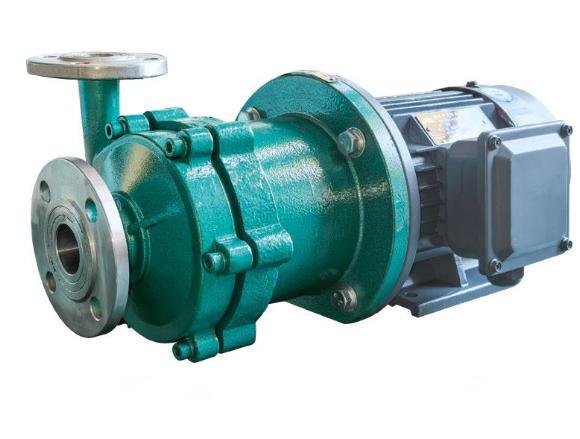May 09, 2025
CHANGYU's flagship product #Fluorine-lined corrosion-resistant and wear-resistant mortar pump : the ultimate anti-corrosion and wear-resistant solution in the chemical industry in the global chemical, metallurgical, environmental protection and other industries, equipment corrosion and wear problems cause economic losses of up to tens of billions of dollars each year. As a leading company in the field of anti-corrosion pumps, Changyu Pumps and Valves has successfully broken the monopoly of international brands with its independently developed fluorine-lined corrosion-resistant and wear-resistant mortar pumps, and has become the preferred solution in the fields of petrochemicals, flue gas desulfurization, and electroplating wastewater treatment.
ⅠWhy has the fluorine-lined, #corrosion-resistant and wear-resistant mortar pump become a rigid demand in the industry?
According to Grand View Research, the global chemical pump market will reach $68.5 billion in 2023, of which #corrosion-resistant pumps account for more than 40%, with an annual growth rate of 8.3%. Traditional metal pumps generally have problems of short life and high maintenance costs when facing strong acids (such as sulfuric acid and hydrochloric acid), strong alkalis, and media containing solid particles. For example:
①: A phosphate fertilizer plant used a cast iron pump to transport slurry containing 30% phosphoric acid. The impeller was perforated in just 3 months, and the replacement cost exceeded 120,000 yuan/year;
②: The desulfurization system of a coastal power plant used a #316L stainless steel pump, which frequently shut down due to chloride ion corrosion, affecting power generation efficiency.
ⅡThe core technical advantages of CHANGYU #fluorine-lined pump
①:Quadruple protection technology, lifespan increased by 5-8 times
Lining material: modified #fluorinated ethylene propylene (FEP) material, with a thickness of 8-10mm, a temperature range of -85℃~150℃, and can withstand strong corrosive media such as 98% concentrated sulfuric acid and hydrofluoric acid (key technology for chemical pump selection);
·Wear-resistant structure: The impeller adopts a semi-open design + back auxiliary blades to reduce particle blockage; the surface hardness of the flow-through parts reaches HRC65, which is 3 times more wear-resistant than traditional rubber linings;
·Patented seal: Containerized double-end mechanical seal (API 682 standard), equipped with PLAN54 flushing system, leakage rate <0.1ml/h;
·Modular design: The pump body and bearing bracket are standardized, and the maintenance time is shortened by 70%.
②:Measured performance comparison
Ⅲ Classic application scenarios and customer cases
①:Flue gas desulfurization system (working principle of desulfurization pump)
·Customer: A nickel smelter in Indonesia
·Working conditions: Processing desulfurization slurry containing 15% gypsum, pH=2.5, temperature 80℃
·Solution: Configure #200UHB-ZKD-350-32 fluorine-lined pump, flow rate 350m³/h, head 32m
·Effect: Continuous operation for 18 months without major repairs, energy consumption reduced by 22%, replacing the original American brand pump
②:Electroplating wastewater reuse
·Customer: A circuit board company in Guangdong
·Problem: Chromium-containing wastewater caused corrosion and leakage of 304 stainless steel pump within 3 weeks
·Renovation plan: Use CHANGYU #50UHB-ZKD-20-30 small fluorine-lined pump, equipped with #frequency conversion control
·Results: Wastewater recovery rate increased from 60% to 92%, saving more than 800,000 yuan in annual reagent costs
Ⅳ Selection Guide: How to match the best working conditions?
①: Customers should pay attention to the following when purchasing fluorine-lined pumps:
· Medium characteristics: pH value, temperature, solid content (core parameters for mortar pump selection);
· Flow head: It is recommended to reserve 10%~15% margin (refer to HI 9.6.7 specification);
· Quality certification: ISO or CE quality certification is required;
· Service support: CHANGYU provides free quotation + selection plan + model + structure diagram.
②: As of 2024, Changyu Pumps and Valves has provided more than 120,000 fluorine-lined equipment to the world, thanks to:
· Technical barriers: 17 invention patents, participated in the drafting of the national standard "#Corrosion-resistant Plastic Centrifugal Pump";
· Data verification: (mean time between failures) test up to 28,000 hours;
If you need a customized solution, please contact the CHANGYU engineer team - let corrosion and wear become history, starting with choosing a real ace pump.
Read More
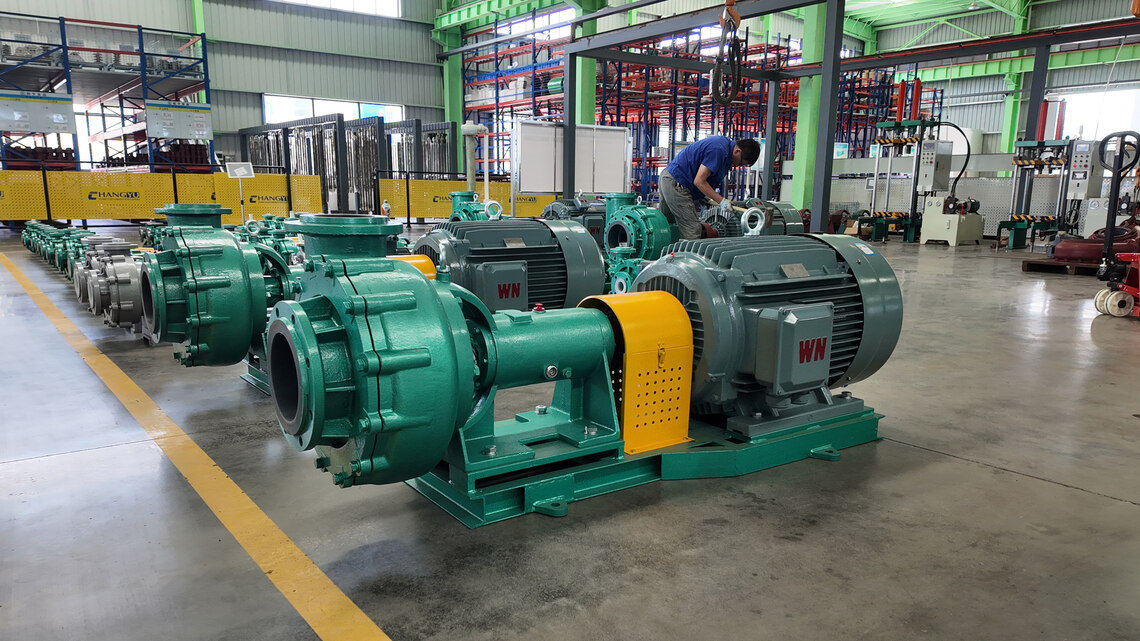
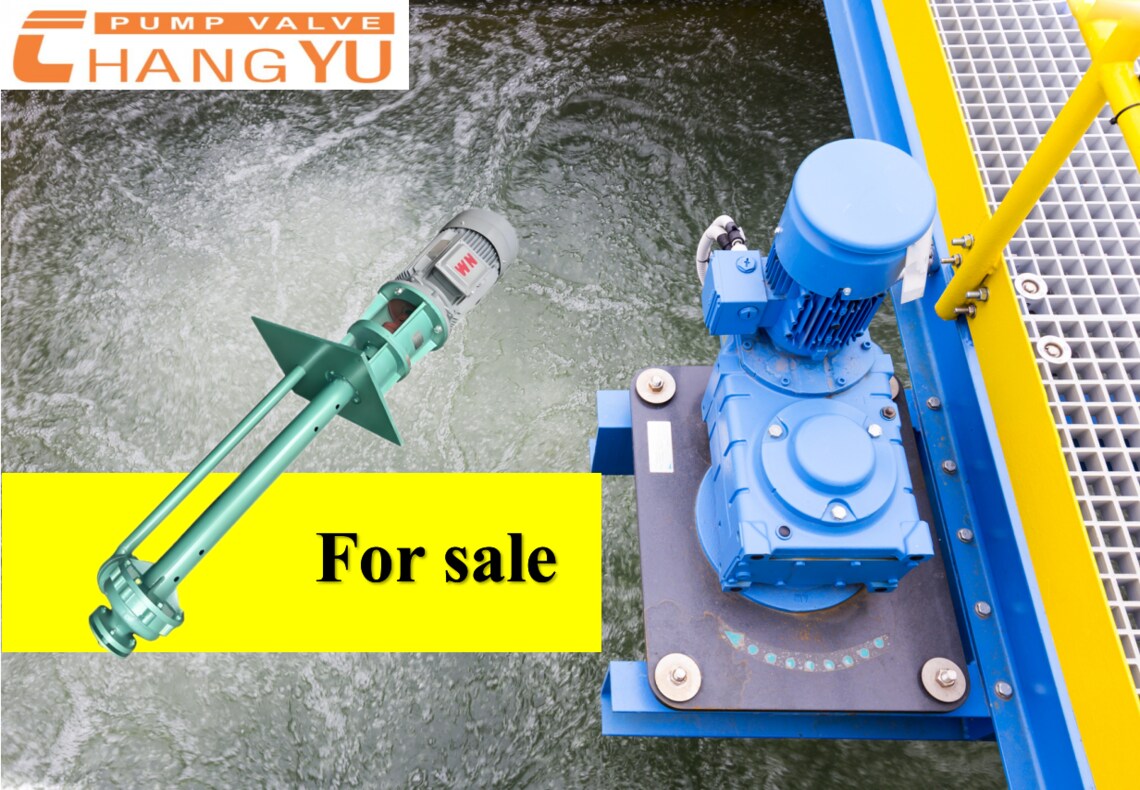
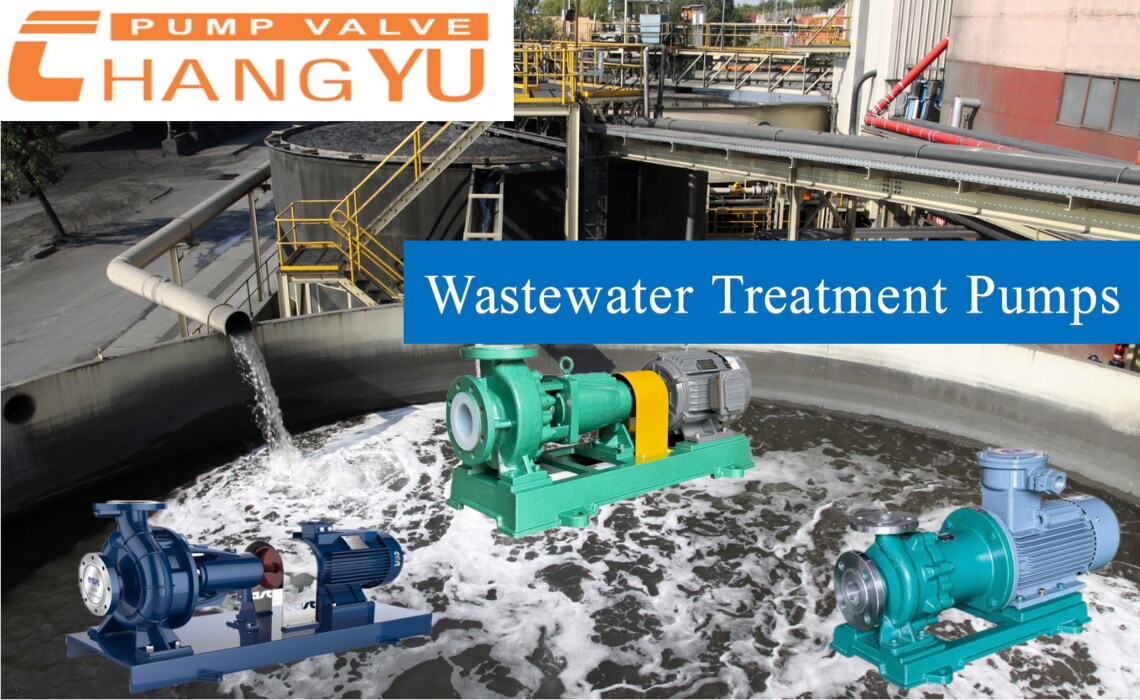
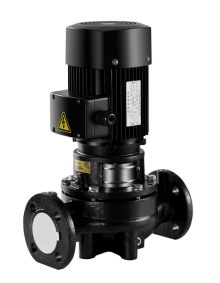
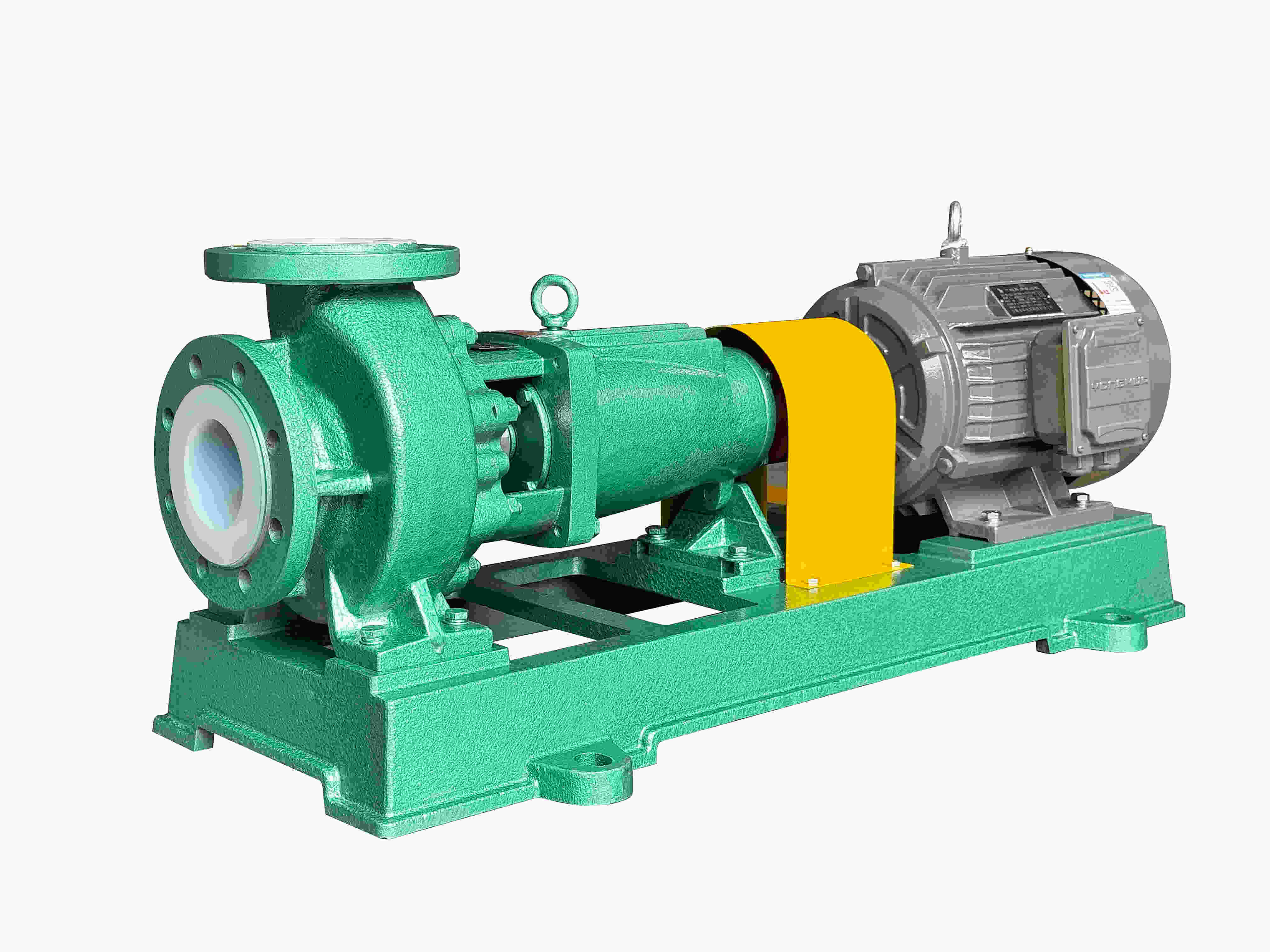
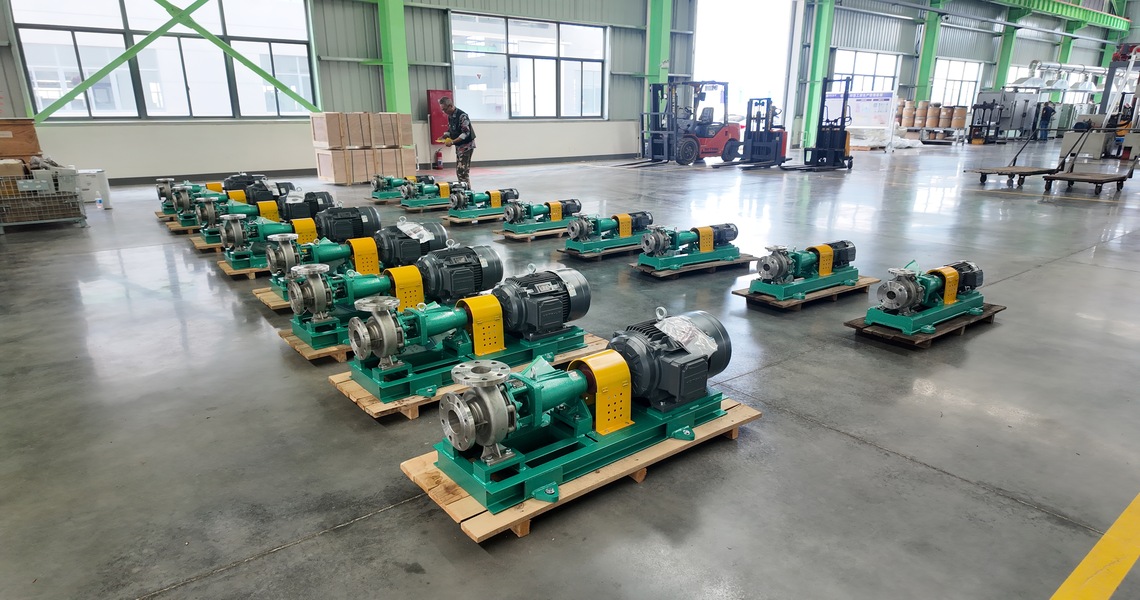
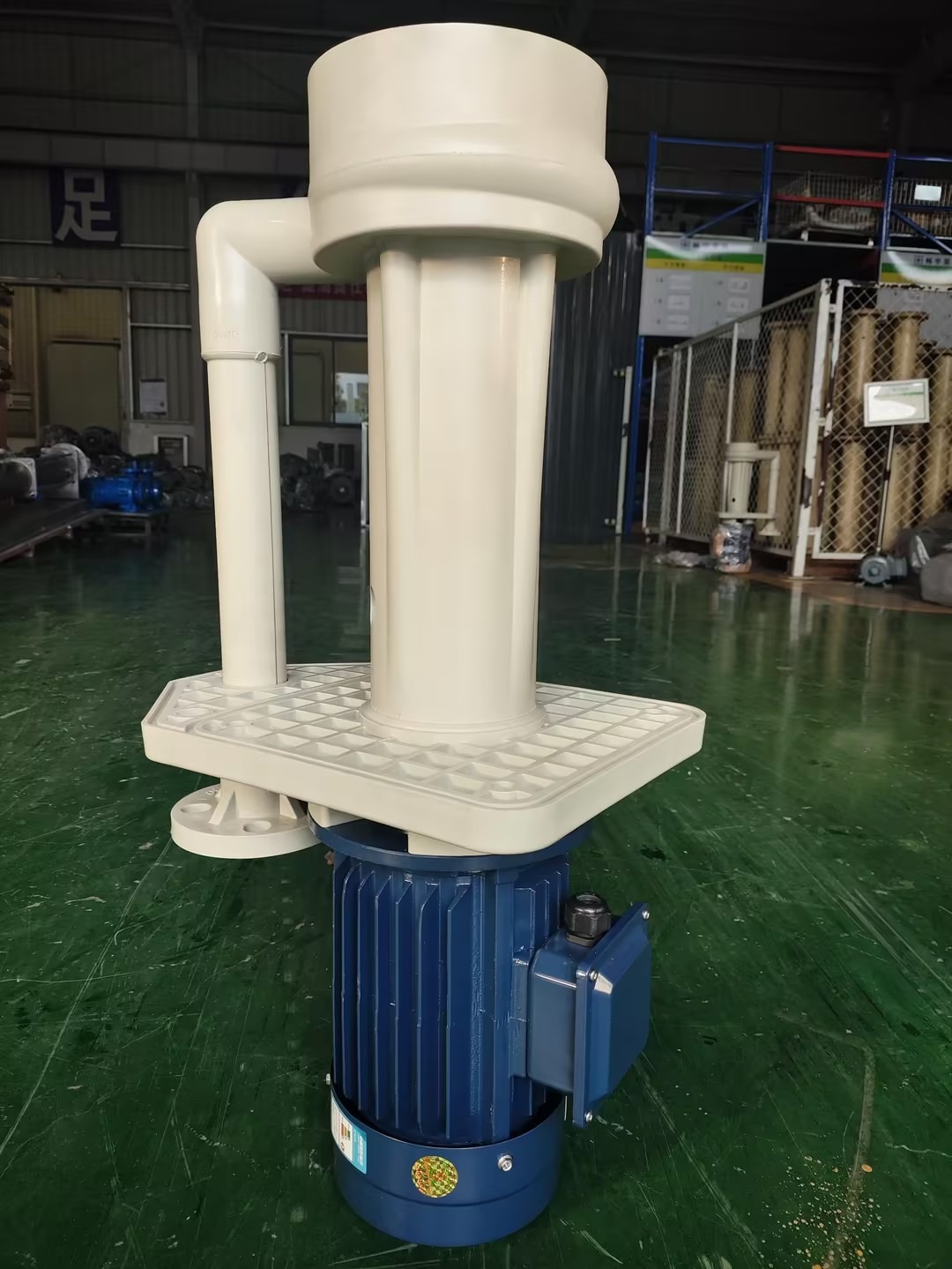
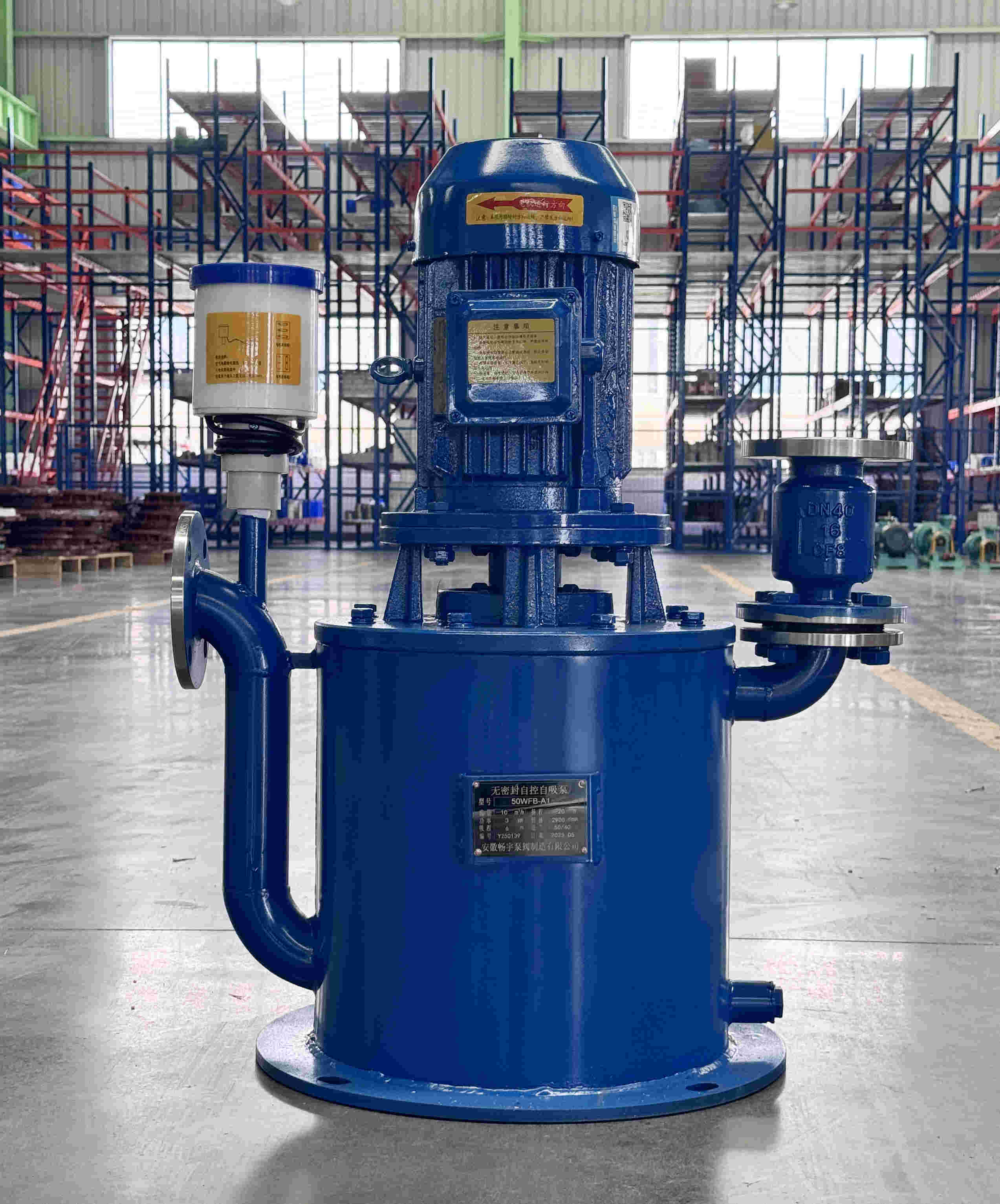
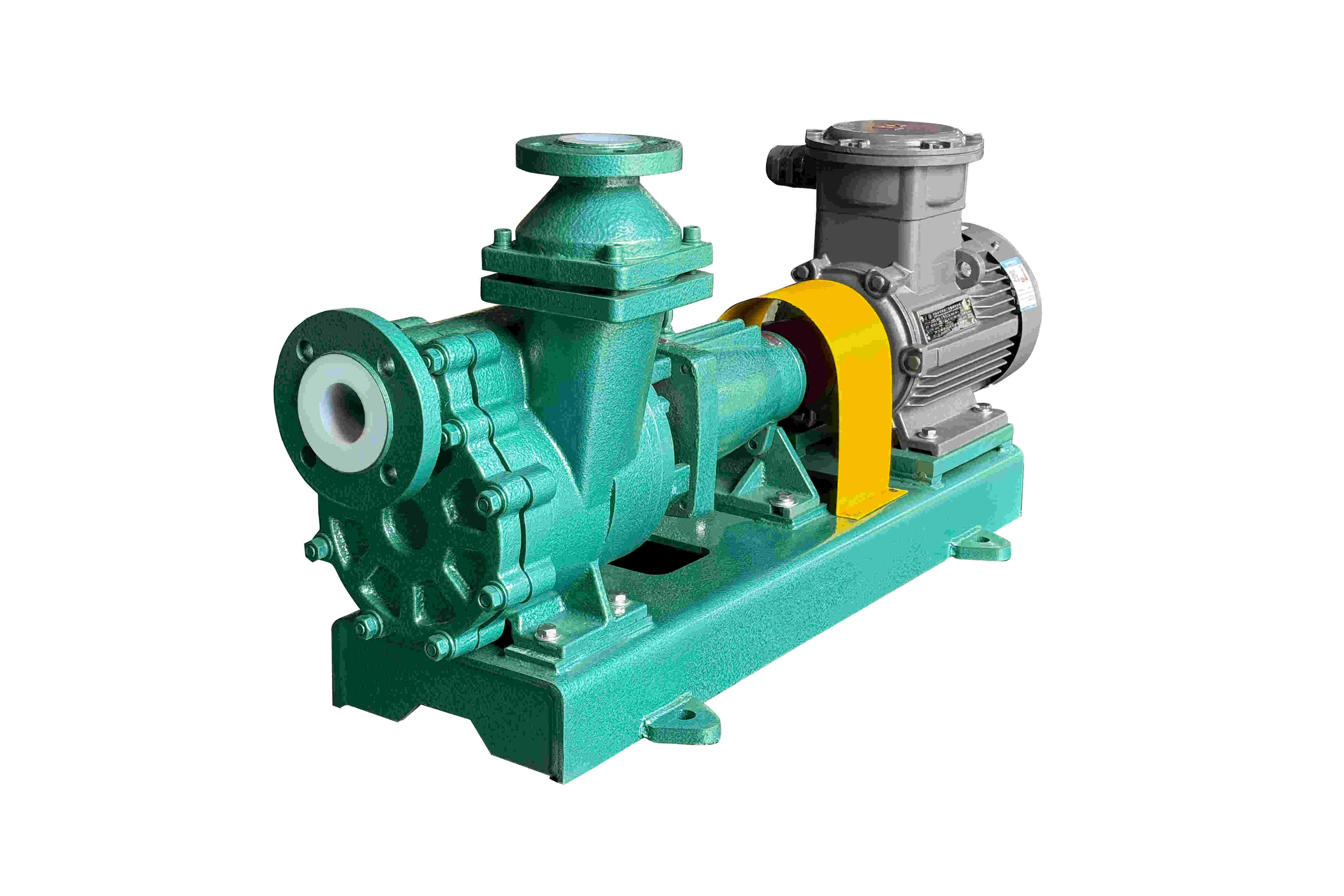
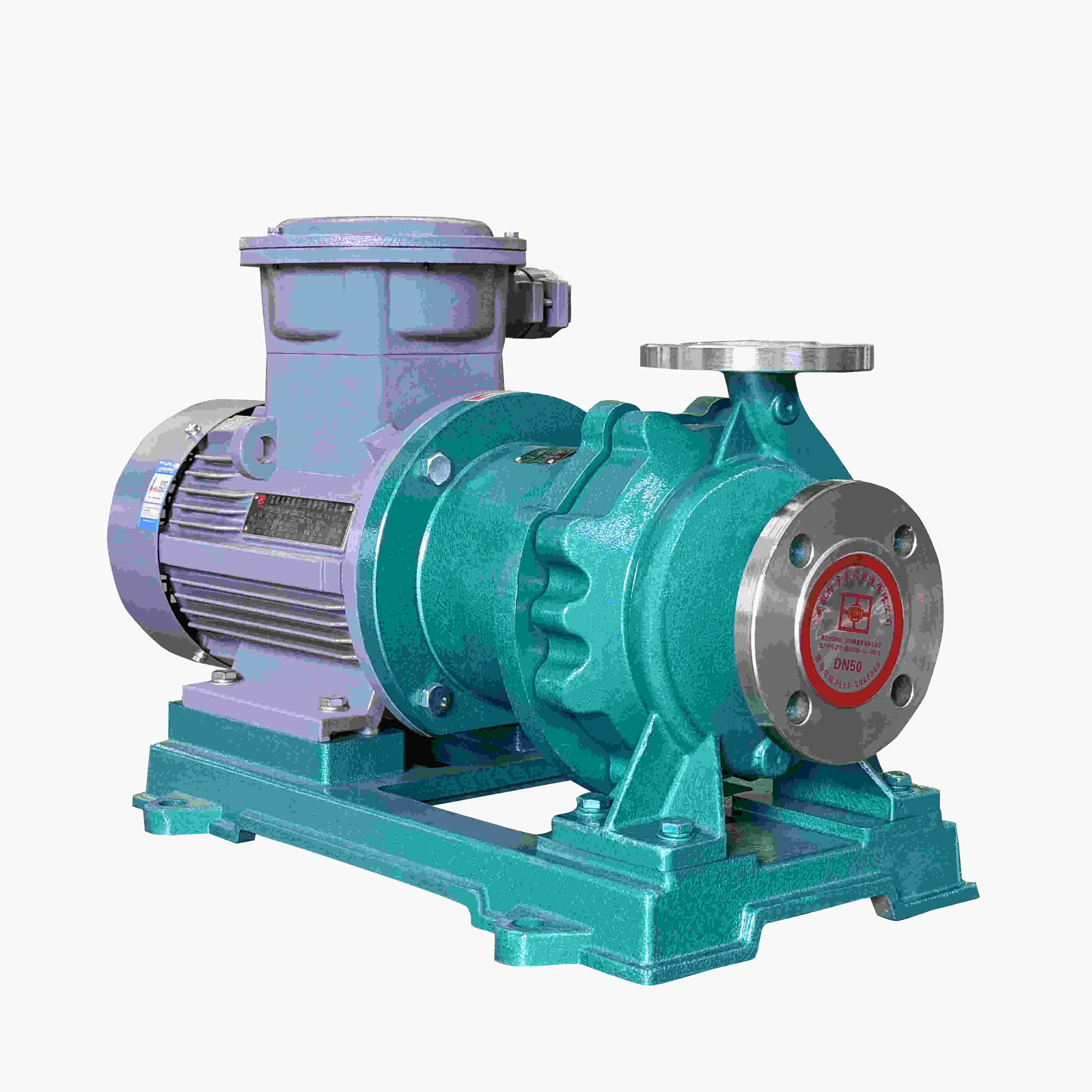
![Changyu's flagship product [Fluorine-lined, corrosion-resistant and wear-resistant mortar pump]](https://www.changyupump.com/storage/uploads/images/202505/10/1746856828_LRK4YdHME4.jpg)
